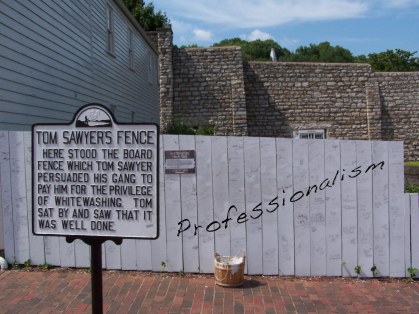
Artist Concept courtesy of NASA/JPL-Caltech
NASA has just announced that the Voyager 1 spacecraft has officially left our solar system. Voyager actually passed into interstellar space about a year ago, but NASA scientists were only able to confirm that recently, using data sent back to earth by the spacecraft. Voyager records that data onto an 8-track tape recorder. In 1977, when Voyager 1 was launched, the 8-track was nearing the end of its commercial success here on earth, but at least one 8-track, barring, say, an unanticipated collision with a star in the Camelopardalis constellation 40,000 years from now, can be expected to live forever…in Space.
Voyager 2, which is identical to v’ger 1, is taking a different route out of the solar system, so that makes two 8-track tapes destined for potential immortality. As the New York Times shows, the rather archaic technology of the spacecraft poses challenges for the ground crew. It also shows that NASA scientists can also be relied upon for good quotes. Re: reprogramming that 8-track recorder:
“These younger engineers can write a lot of sloppy code, and it doesn’t matter, but here, with very limited capacity, you have to be extremely precise and have a real strategy”
and
The 12-person Voyager staff was long ago moved from the Jet Propulsion Laboratory campus to cramped quarters down the street, next to a McDonald’s. … Suzanne R. Dodd, the Voyager project manager, said that when she attended meetings in Building 264, she kept a low profile in deference to the Mars team.
“I try to stay out of the elevator and take the stairs,” Ms. Dodd said. “They’re doing important work there, and I’ll only slow them down.”
but there’s no point in false modesty:
the team discovered that the edge of the solar system was roughly where Gurnett predicted it would be back in 1993 by using different solar storm calculations.
“Am I bragging here? No,” he said. “All right. I admit it. It’s bragging a little.”
Which is understandable, since
“This is the moment we’ve all been waiting for,” Jia-Rui Cook, the media liaison at NASA’s Jet Propulsion Laboratory, said in an email. “I can’t even sleep it’s so exciting!”
And finally,
“This is historic stuff, a bit like the first exploration of Earth, and we had to look at the data very, very carefully,” said Edward C. Stone, 77, NASA’s top Voyager expert, who has been working on the project since 1972. … “It’s now the start of a whole new mission,”
(quotes from Exiting the Solar System and Fulfilling a Dream at the New York Times, which now seems to have an abridged version of the original article on their site)







